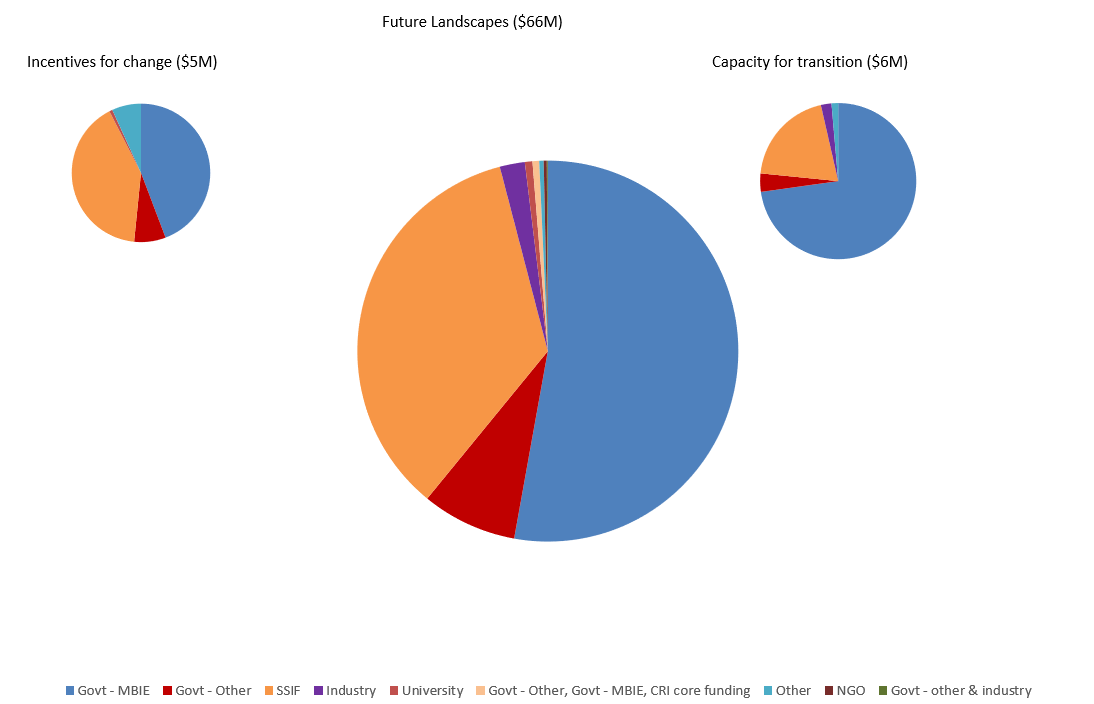An Overview of Aotearoa’s Land and Water Research
Our Research Landscape Map 2019 identifies 149 research programmes on land and water in Aotearoa that are aligned with Our Land and Water strategic areas, and shows that CRI strategic direction is likely to contribute to our objective.
Every two years, Our Land and Water compiles a ‘map’ of New Zealand research that has similar goals to our own: healthy water quality, resilient land uses, and a prosperous primary sector.
We ask research providers, funders and stakeholders to supply briefs of all research programmes (live as of July 2019) funded for more than $50K per annum, that are aligned with the Our Land and Water official government-set objective for our National Science Challenge:
To enhance the production and productivity of New Zealand’s primary sector, while maintaining and improving the quality of the country’s land and water for future generations.
The third edition of our Research Landscape Map identified 149 aligned research programmes. Independent assessors then helped score the projects according to their likely contribution to helping meet Our Land and Water’s specific objective.
This gives us (and other interested organisations) a solid understanding of the current research landscape, particularly work that has the potential to help achieve the Our Land and Water mission.
It also helps us see where there are significant research gaps that needs to be filled, and where Our Land and Water can create links to existing research.
The 2019 edition of the Research Landscape Map informed the Our Land and Water Research Workplan Update 2020, helping us determine the critical elements of research required and prioritise investment in order to most effectively achieve our mission.

What we noticed this year
- There has been a considerable increase in SSIF funding for Our Land and Water-aligned research programmes (a 45% increase since 2017).
- There has been less investment in aligned research by MBIE and other government funds (a 13.5% decrease, or $13 million, since 2017). This is partly compensated by an increase in Our Land and Water annual funding (from $5 to $12 million per annum).
- SSIF was the greatest funding source for programmes assessed as likely to make a high to very high contribution towards the Our Land and Water objective.
- MBIE-funded research makes up the largest proportion of programmes which are less likely to contribute to the Our Land and Water objective. This is consistent with the 2017 edition of the Research Landscape Map.
- The number of programmes assessed as likely to make a moderate to very high contribution to Our Land and Water’s objective increased for research aligned to our Incentives for Change (n=7) and Capacity for Transition themes (n=8), but decreased for the Future Landscapes theme (n=30). The relationship of aligned funding to Our Land and Water’s nine strategic areas is shown below.

___
More information:
- Research Landscape Map 2019
- Our Land and Water Research Workplan Update 2020
- Excel data is available on request
Author
 View Our Strategy Document 2019 – 2024
View Our Strategy Document 2019 – 2024




Leave a Reply